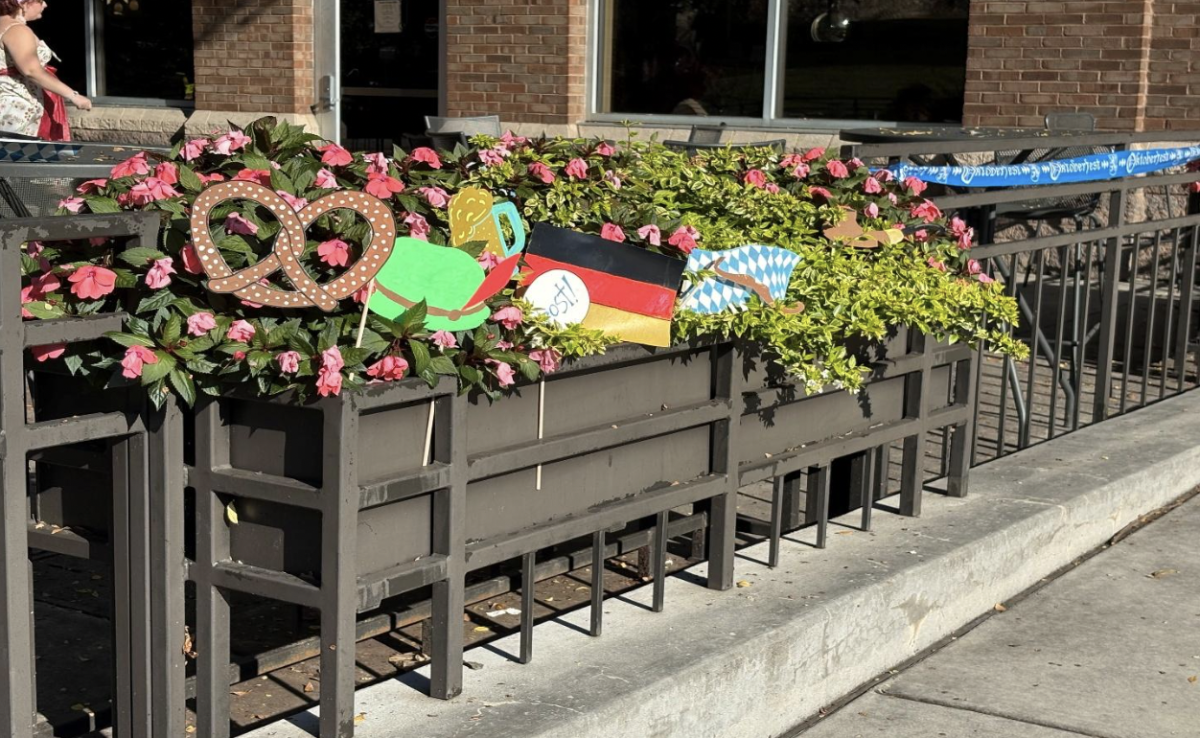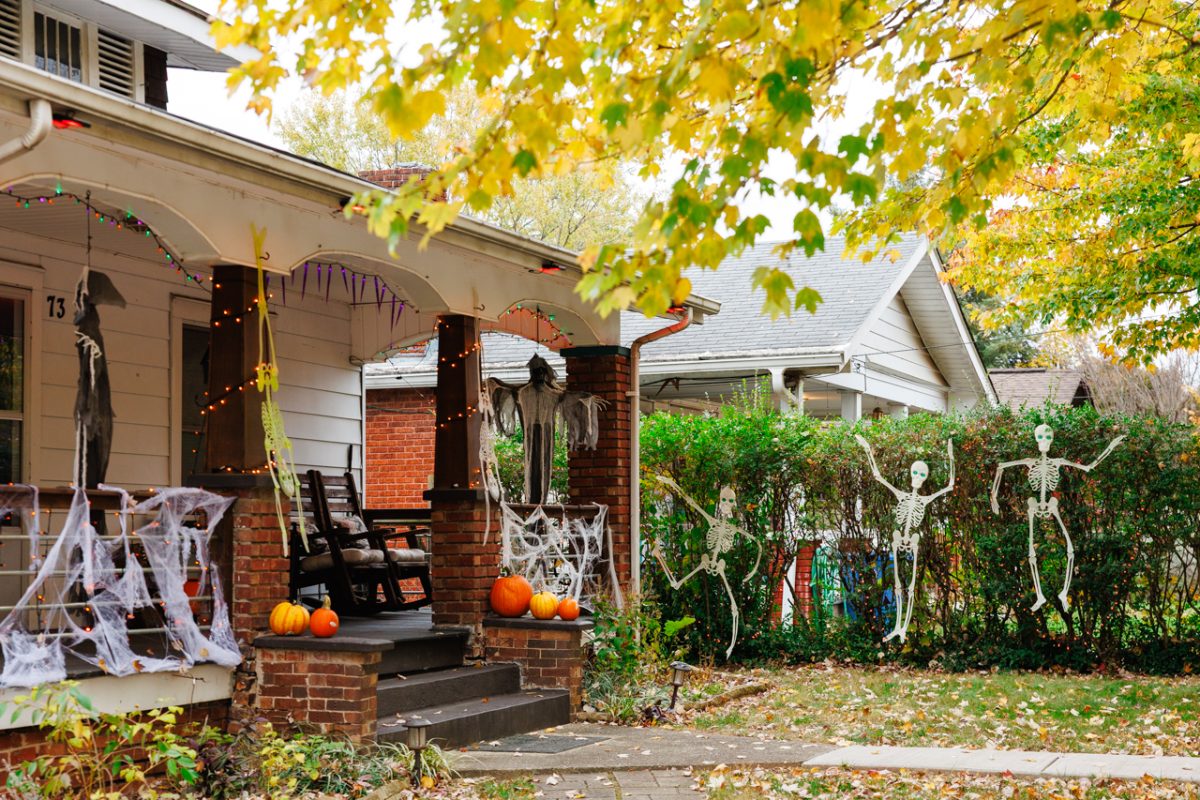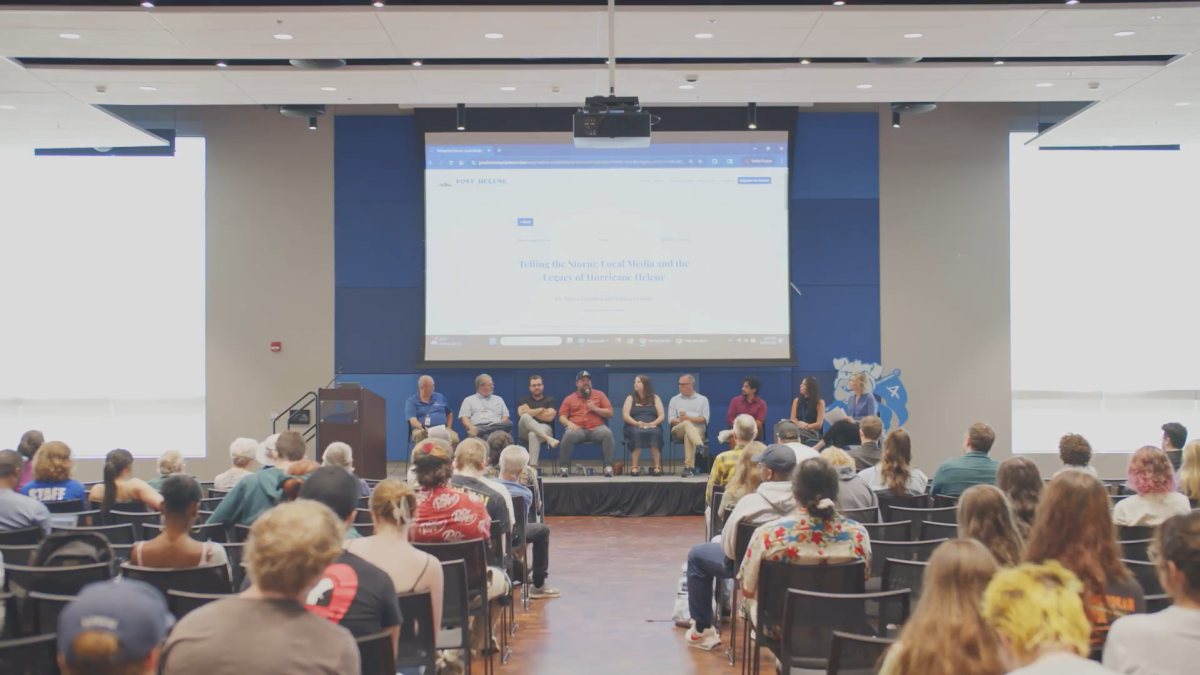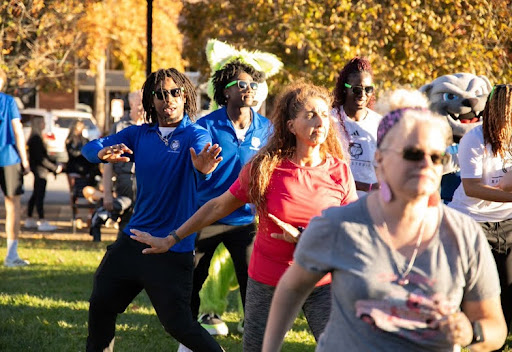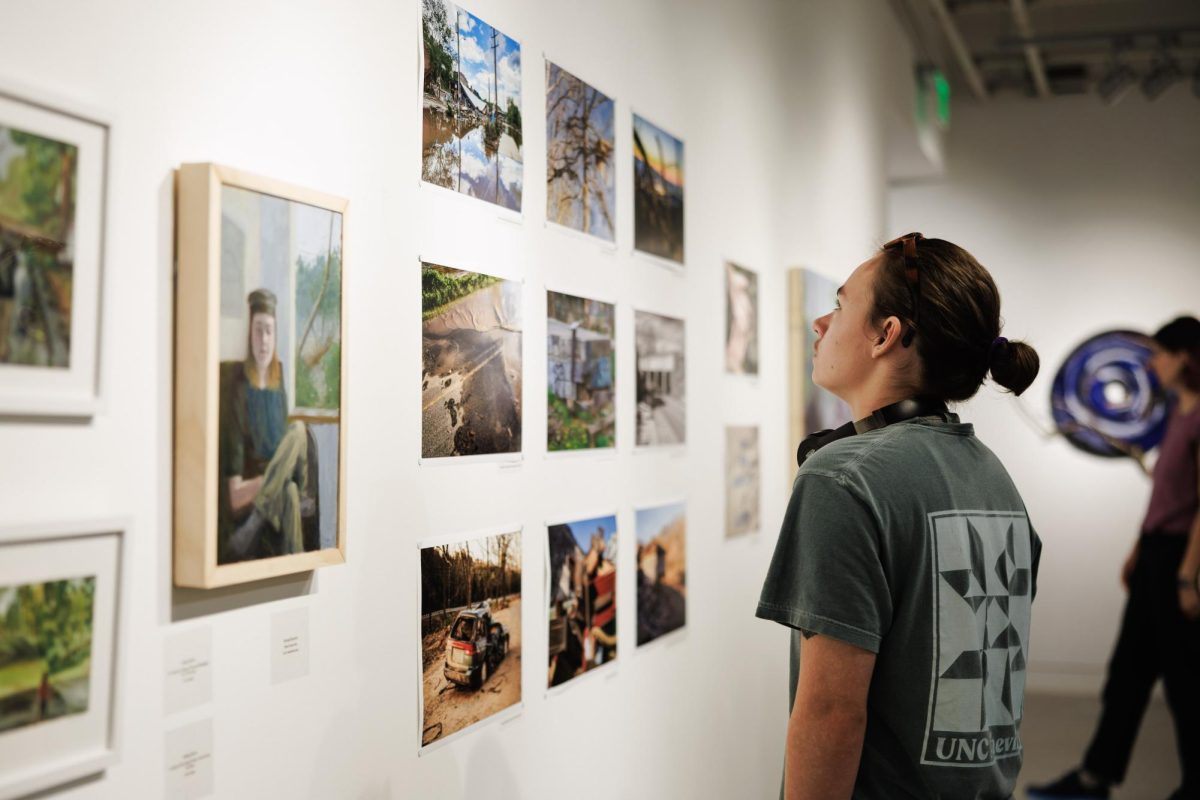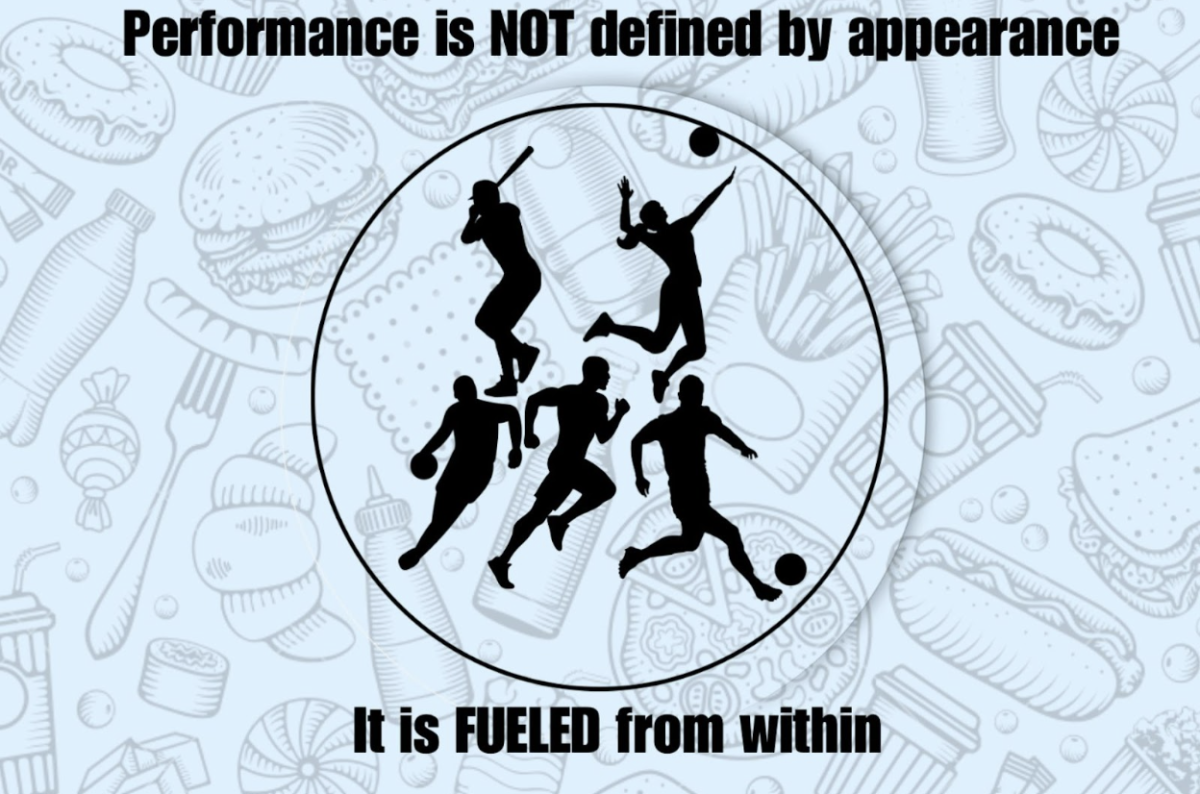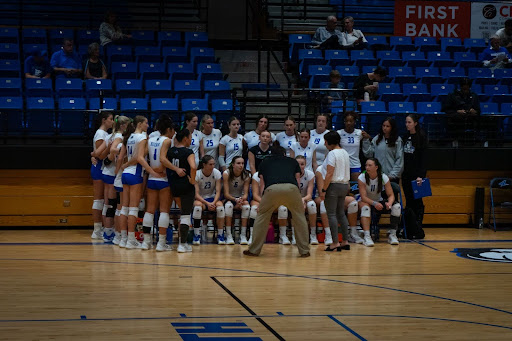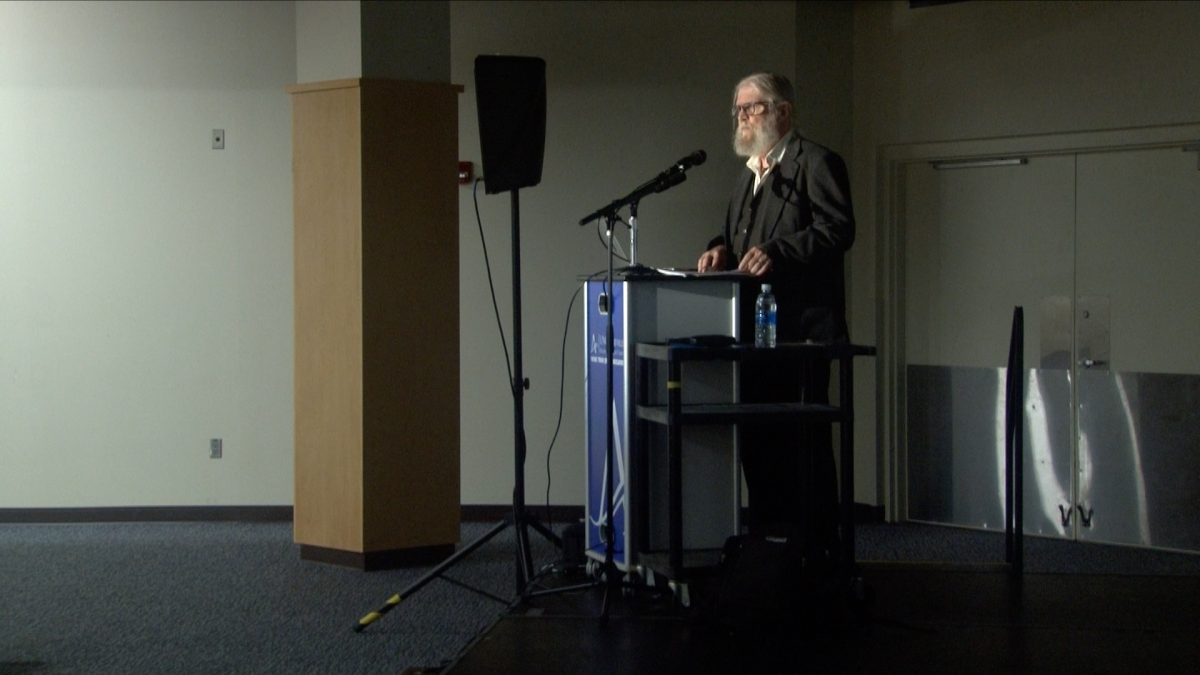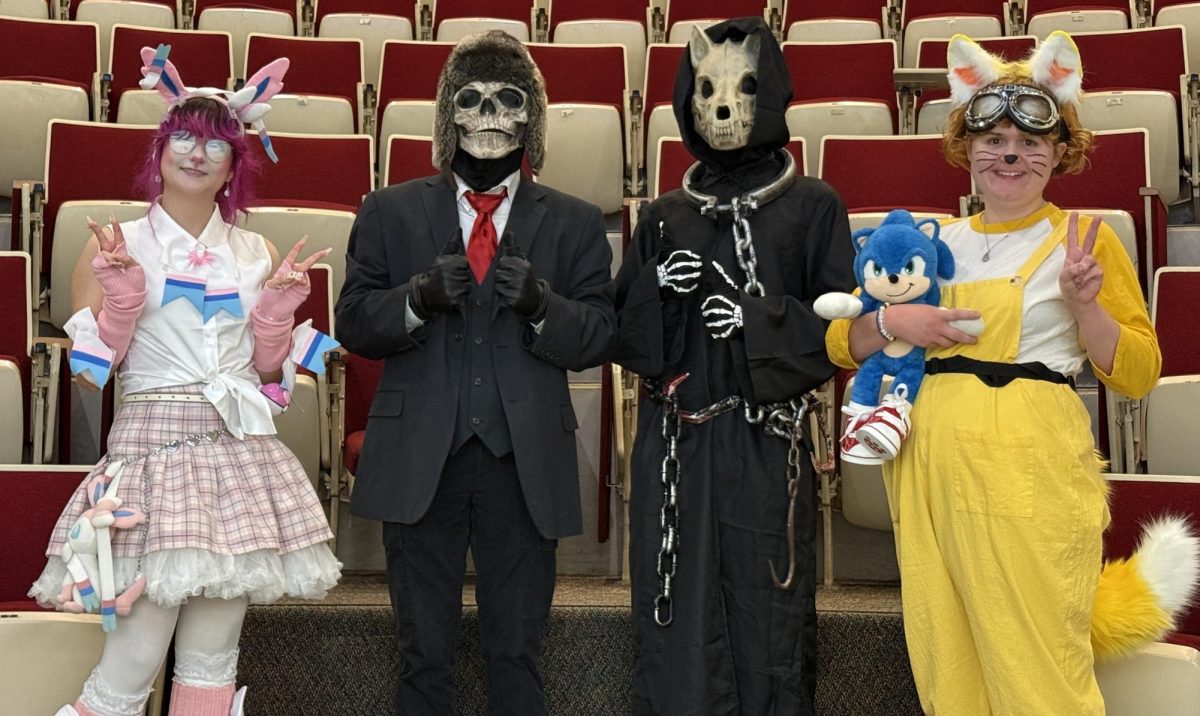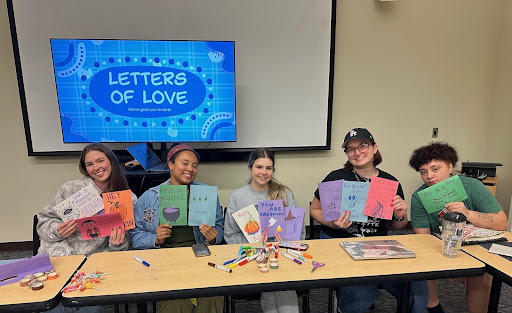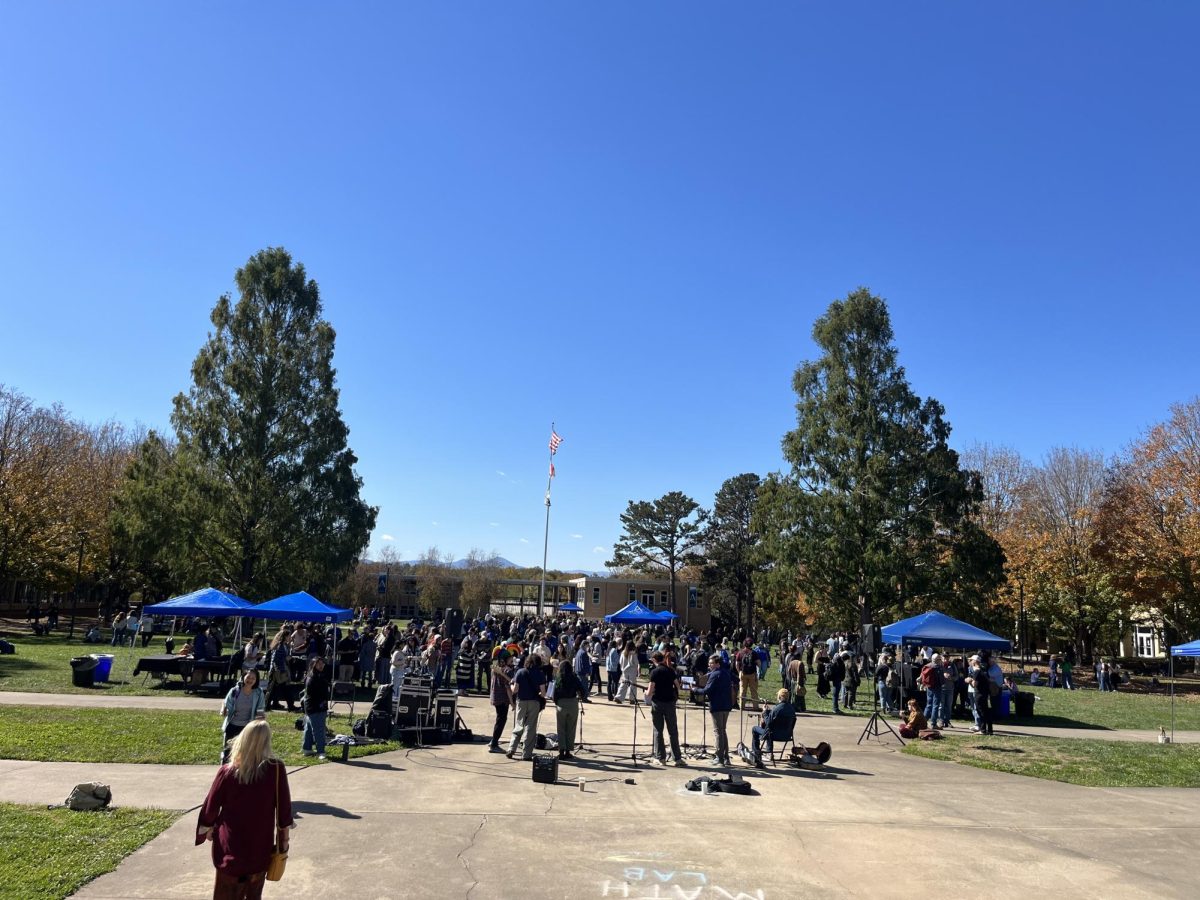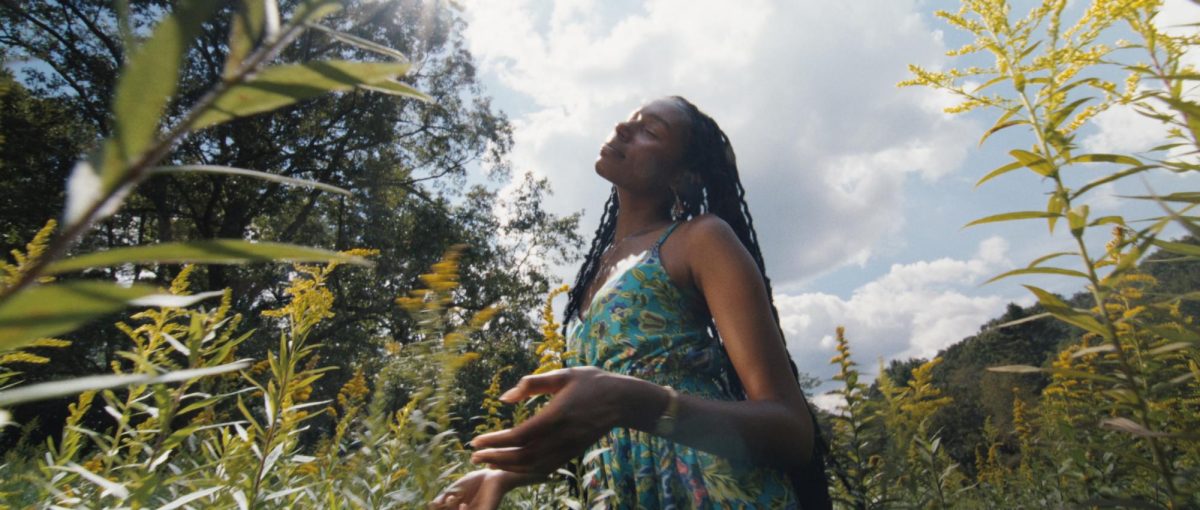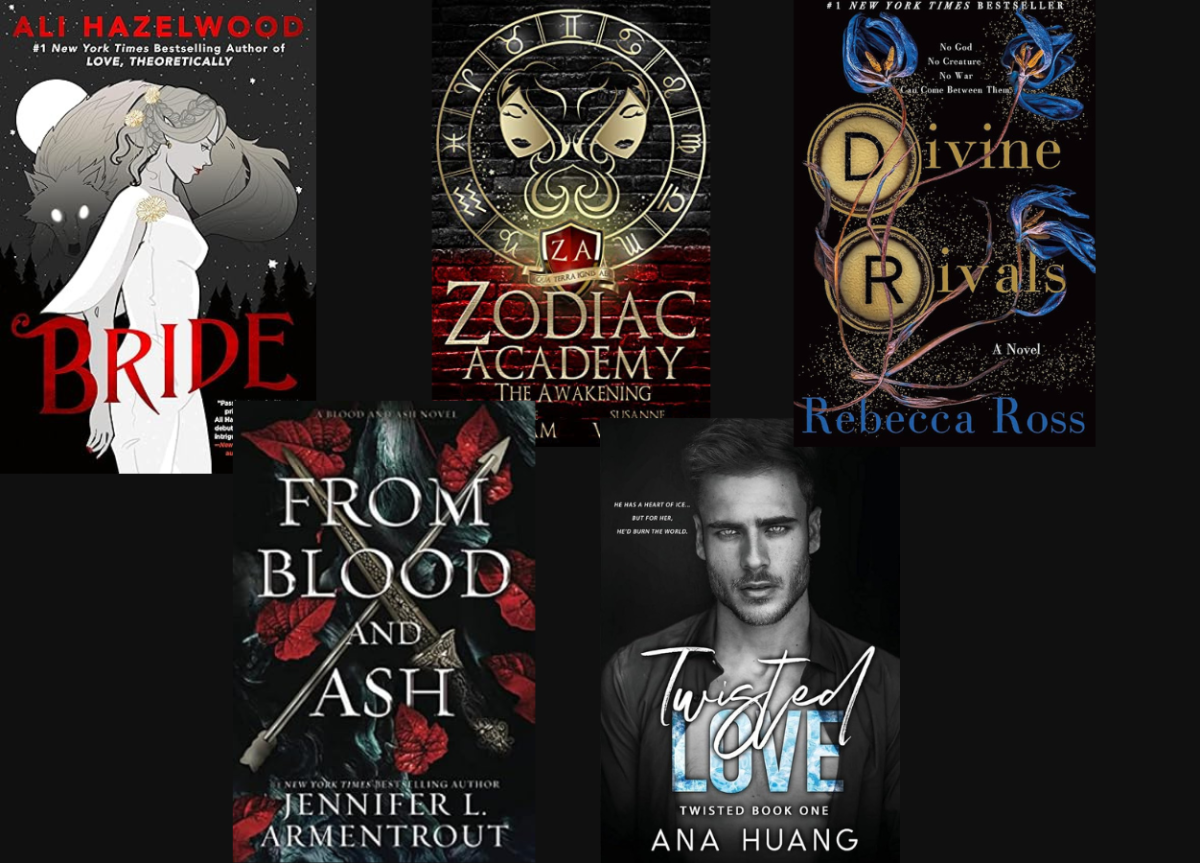Faith Hedgepath, a former student of the University of North Carolina at Chapel Hill, was one of the first significant cases of Missing and Murdered Indigenous Women in North Carolina. Faith died at age 19 in 2012.
Just recently, in response to the ever-changing MMIW movement, her story has once again resurfaced when her information about her killer has just now started to be released.
“It is important to note that I am from a tribal community, the Lumbee tribe, and that I am connected to other tribal communities across the state and country. At the time that Faith came to UNC Chapel Hill, she was a part of a program called Summer Bridge,” said Marcus Collins, previous academic advisor of Faith Hedgepath. “I was serving as part associate dean and director of my department which was the center for student success, and within the center for student success is the Summer Bridge program. I met Faith that summer when she first came to Carolina.”
Collins said he always had a special connection with all of his students, but he had a special connection with Faith. He said Faith Hedgepath was a member of the Haliwa-Saponi Tribe. Because she was a native student and came from a native community, he understood the concerns of the community.
“Because Faith participated in the summer program that I directed at the time. I also served as her academic advisor, I had an opportunity to know Faith very well. She would frequent my office to just share various life updates. It was not unusual for her to pass through and just say hello, matter of fact, my memories of her always involved knocking on my door to come in. She knocked on the door to say hello and would ask me if I was busy, and you know if was not she would come and sit down,” Collins said. “When Faith was murdered she had been in my office that week.”
Collins described Faith as having an incredibly sweet and bubbly personality. He said the Chapel Hill community surrounding her loved her.
Collins said he distinctly remembers the day that they all learned of Faith’s passing. He was leaving campus early because it was his wedding anniversary, and he hadn’t made it out of Chapel Hill when a good friend and colleague of his gave him a call.
“There has always been this mystery when indigenous women get murdered or go missing, whereas when white women go missing or have been murdered there is lots of information that is easily accessible to the public. For us, things are a lot more covered up,” said Brittney Hunt, co-editor and case solver of the Missing and Murdered Indigenous Women’s podcast, “The Red Justice Project.”
Hunt said she was able to cover Faith’s case on the podcast, which was near and dear to the community’s heart. Hunt said when Faith was murdered, she was a student at UNC in their master’s program.
Hunt said she remembers feeling distinctly fearful during the first moments of her murder, and she remembers crying and feeling as if she could not be out late at night by herself. She said there was a culture of fear that she has never been able to shake away.
“I remember this heavy feeling, and thinking of all of the possible things that could have happened. But my mind never went to something so tragic,” Collins said. “When I was told that Faith was found murdered, I remember just screaming, ‘No.’ I don’t even know how I did it. I turned my car around in traffic and immediately started heading back to Chapel Hill. I was heading to the American Indian Center.”
Collins said the reason behind why he went to the American Indian Center on campus was because he knew the Indigenous community on campus would seek out each other. He said by the time he got back to the American Indian Center, the news had broken, and students had started to gather.
“When I walked into the building students were already there, lined up in the hallways just crying. I just knew our communities. I knew that we would immediately seek each other and I knew that we would need our community. I went in and my role at the point was to provide any level of support that I could,” Collins said. “I remember so many people checking on me because they knew that I had a close relationship with Faith. I was in the mode where I had to tell people not to worry about me, because I had to support my community.”
Collins said one thing in particular stands out about that time: before Faith’s passing, they had another incident on campus where a student passed as well. When that situation happened, there were unlimited available resources and people to assist.
“As a native person it makes you question if you are really seen. It also makes you question why we aren’t getting the same level of attention and service. It took us advocating for ourselves to ask for that,” Collins said.
He said he was so caught up in the moment with Faith’s passing that he didn’t get the chance to ask, “Why didn’t somebody see our community having the same need?”
“For missing and murdered Indigenous women in general, a lot of people will say that it is an epidemic, or just a problem. But usually when you call something an epidemic, it is related to something from a different time period, and indigenous women have been going missing or have been murdered for many many centuries in U.S history,” Hunt said. “This has been a problem that has been happening for hundreds of years and so I wouldn’t call it an epidemic, or even a movement honestly.”
Hunt said Faith’s case wasn’t solved for several years and during that time, many Indigenous students on campus felt traumatized by the situation.
Honestly, they still do.
“I remember these moments of thinking, ‘Worst case scenario, I hope she didn’t suffer.’ The situation is what it is. You know somebody has been murdered, and you know your mind, or at least my mind, moves to me hoping that she didn’t have to fight for her life. I hoped that this was just an instance of where somebody put something in her drink and my only hope in this situation is that she laid down, went to sleep and rested peacefully. This is how I kinda lived with her passing,” Collins said.
He said he had the opportunity to speak at Faith’s vigil at Chapel Hill. During the ceremony, people filled the entire area, and there was not a single empty space.
“I got back into the union after I spoke, and I saw Ms. Connie, Faith’s mom. This was the first time I got to see her, and we just hugged each other. I just cried. She just held me and from that display in that moment, she was supporting me and telling me that it was going to be OK,” Collins said. “I just remember saying to her, ‘Ms. Connie, I remember when you dropped Faith off at Summer Bridge, you said for me to take care of your baby. And I feel like I failed you.’ She looked at me and said to never feel that way.”
Collins said the vigil gave an opportunity for him to see how they have been able to see this tragedy within native communities in ways they have never been able to see before.
Collins said he doesn’t remember anybody ever coaching the murder of an Indigenous woman within the context of how it’s happening and moving disproportionately within native communities. Because of this, native communities are negatively impacted.
“Women’s issues have been a part of my professional work, but are not always related to this particular issue of missing and murdered Indigenous women before. When I came back to North Carolina and served within the human trafficking division, I did a lot of cases dealing with tribal women,” said Pamela Brewington Cashwell, the previous secretary of the North Carolina Department of Administration. “Within the department of administration where I currently work, we just now specifically have a unit, within the commission of Indian affairs, that deals specifically with some issues circulating human trafficking and domestic cases against women.”
Cashwell said she spoke at several events on the statistics surrounding the tribal communities within the MMIW movement. She said many individuals had been shocked at the human trafficking rate as well as domestic violence rates that Indigenous women in tribal communities face on a day-to-day basis.
“The next, sort of, major moment for me was Faith’s wake. When I got there, my wife went with me, and I got to the church. Cars were lined up down the road, and people were waiting in a line to get into the building. I remember finally getting into the church, and as we were walking down the aisle getting to the casket, I turned to my wife and said, ‘Oh God, they have her open.’ For me I didn’t expect that,” Collins said. “I somehow always knew that there was more to her death than just her going to sleep. When we got up there I looked at her and I just broke down, my wife had to hold onto me to get me out of the back of the church. I got outside, bent down and put my hands on my knees. When I could get my breath I looked at my wife and I said, ‘That poor child suffered.’”
Collins said when he realized Faith’s hair was cut and clothes completely covered her up, he knew she did not die peacefully like he previously hoped.
“They cut her hair. Faith didn’t have bangs, and they put her in a suit. A woman’s long sleeve church suit, and the blouse she had on was a collar all the way to her neck. Faith suffered and had to fight, and they covered up her body on purpose,” Collins said.
Collins said he knew, in some cases, these may be complicated details, but he knew Faith’s wake was one of those moments where he knew she did not leave this world peacefully. He said since that time, more details in regards to her death are being disclosed.
“It is something that has been embedded into what America is as a country. I think America relies on the erasure and death of Indigenous people to be able to lay claim to this land. I think that this is a reason why we created our podcast, too – to bring light to this sort of issue as well,” Hunt said.
Hunt said going back historically, there are link traces of missing and murdered Indigenous women to historical Indigenous figures like Pocahontas.
She said Pocahontas died at age 20 under very mysterious circumstances abroad when she was with her husband, who she also married under very mysterious circumstances. Hunt then said she thinks about reaching back into history and looking at stories like hers.
Hunt said there are cases of women who have been kidnapped or taken away from their people against their will, but the issue is not known and dates back to the 17th century.
“Because of the lack of information that I previously talked about, we are working directly with the families, and this has been incredibly hard. A lot of times we are covering cases of people who we know personally. It is emotionally difficult. Most true crime podcasts dont have that emotional personal connection, and because this information is connected to our real lives it’s just hard. There are also cases that the victims are misclassified as either black or white, instead of honoring and recognizing their indigenous identity. That is something that indigenous people have faced as well throughout history, particularly within these cases as well. So then the number of missing or murdered indigenous women is not accurate. To me I believe that there is a lot more than what has been reported so far,” Hunt said.
Cashwell said the Department of Administration has a human trafficking and violence against women’s program that is now explicitly targeted towards tribes. She said overall, the state only provides support to four of the tribal communities within the state.
She said the state provides resources to non-native communities, as well as funds to sexual assault and domestic violence shelters in North Carolina.
“We were carrying this as a community, and I honestly was trying to come up with how we were going to support our native women. You know I’ll be honest, I think in some ways it was Faith’s passing that brought a whole new level of awareness to Missing and Murdered Indigenous Women,” Collins said.
